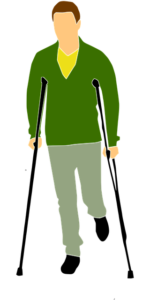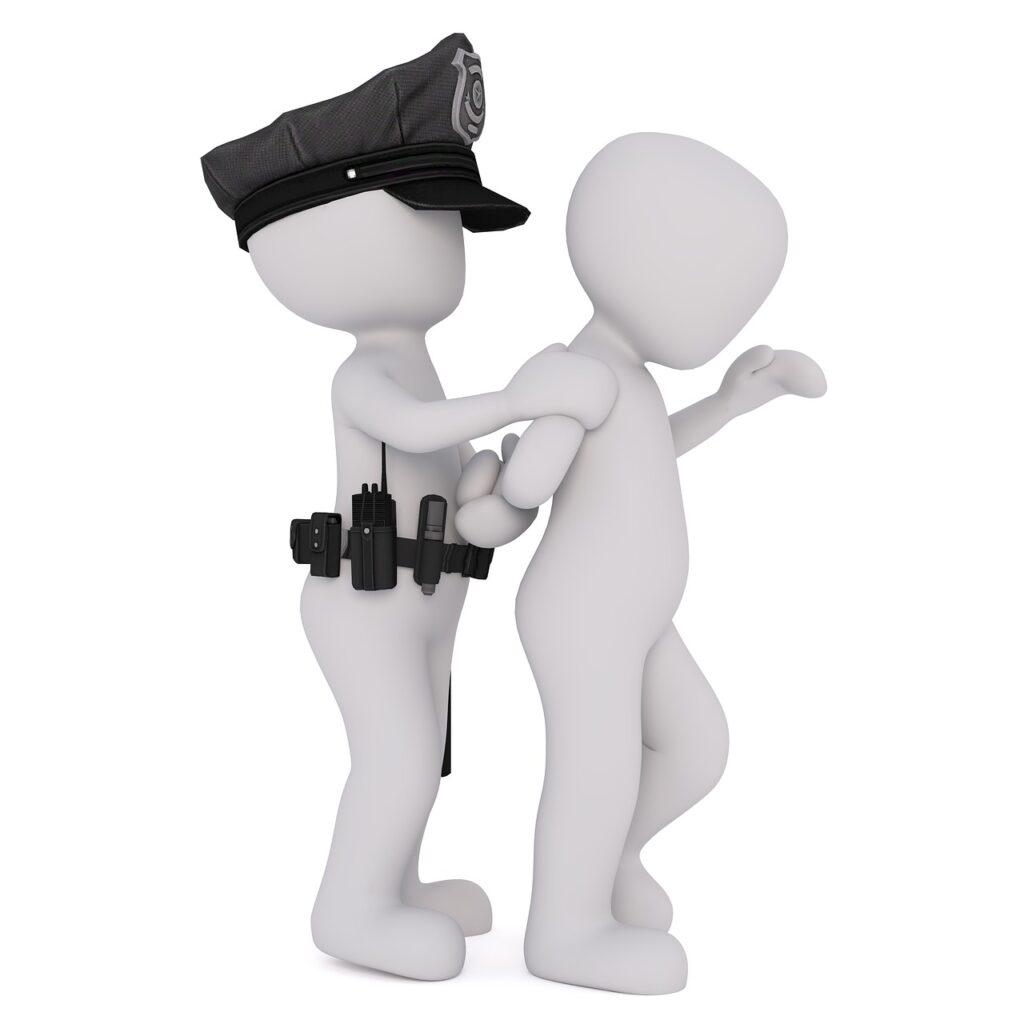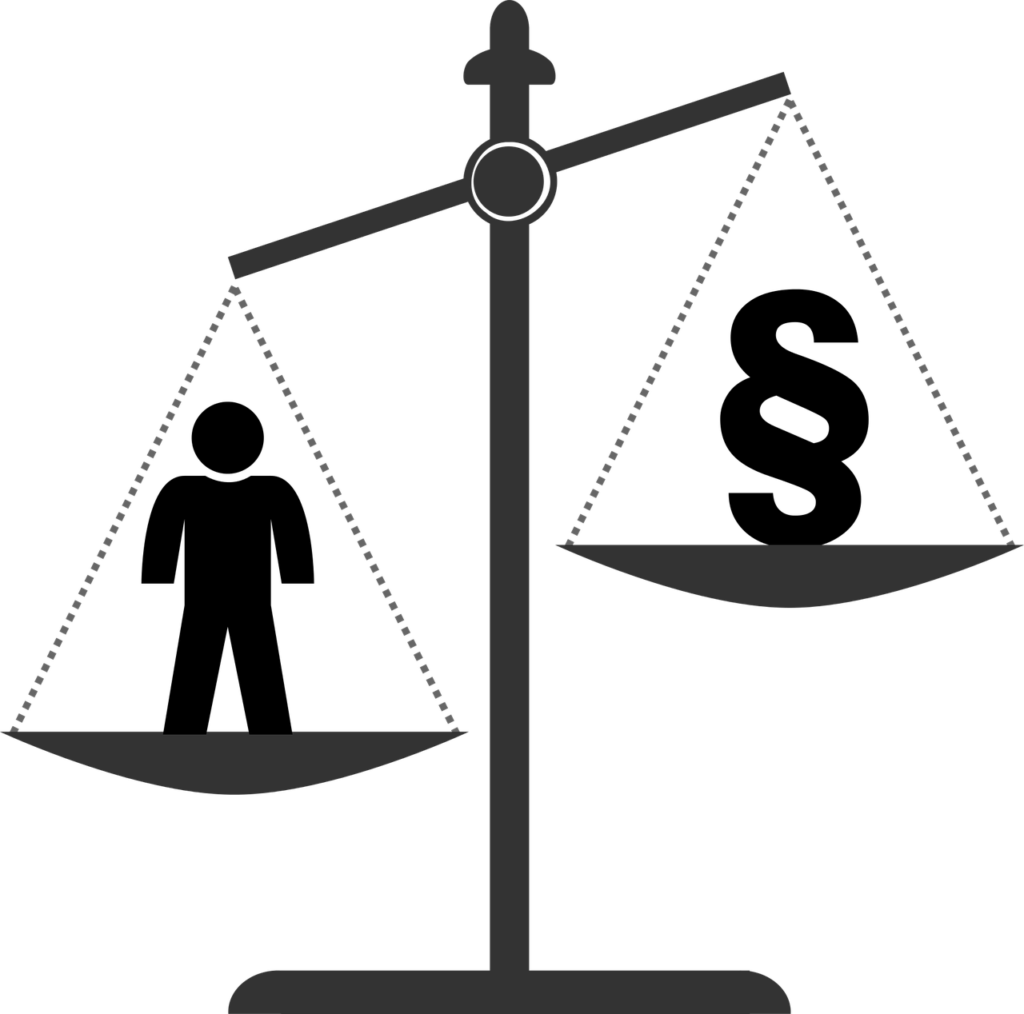Can you sue for a hit and run accident? What to do after a hit and run accident.
Did you know that in the USA, there are an average of 700,000 hit-and-run accidents yearly? Did you know that just 5-10% of hit and run cases are investigated and solved by police?
Can you sue for a hit and run accident? Yes, a victim of a hit and run accident can sue the at-fault driver for damages such as medical expenses, lost wages, and pain and suffering.
But, Why is it hard to find drivers behind hit-and-run car accidents, and what can you do if you are involved in a hit and run car accident? Can you sue someone who just committed a hit and run? Well, let’s dive in and look at those questions and a few more.
Page Contents
What’s a hit and run accident?
A hit-and-run accident refers to an event where 2 or more drivers are involved in a car accident, and one of the drivers flees the accident scene before sharing his contact information.
A driver also commits a hit-and-run crime if he or she leaves the accident scene without offering help to the injured or fails to report the accident to the authorities.

According to traffic laws, you are supposed to stop at the scene of an accident and ensure the above-mentioned obligations are done accordingly. Failure to do that, be ready to face the iron hand of the law.
Types of hit-and-run accidents are as follows. Vehicle-vehicle hit and run, vehicle-pedestrian hit and runs, vehicle-object hit and runs, and vehicle-bicycle/motorist hit and run cases.
What to do if you’re the victim of a hit-and-run accident?
Committing a hit and run crime has nothing to do with whether you caused an accident or not. The actual element of any hit and run is leaving the accident scene illegally as I already explained.
For example, a driver could have rear-ended you but face charges of hit and run if you leave the accident scene without helping the very driver that rear-ended you in case he/she got injured.
The major issue with a hit-and-run accident is getting compensated since the other driver left the accident scene before giving you details about his/her insurance company. Your only option is to go through your personal insurance company for any possible compensation.
Your own insurance company is also likely to deny your claim because they have no way of getting back their money if you know nothing about the other driver that hit you.

So, if you are hit and run victim, you must gather many pieces of evidence as you can, to increase your chances of getting compensated and help the authorities track down the hit and run offender.
In that case, do the following if you are hit and run victim.
1. Make sure you and any other person involved in the accident are safe. Call 911 if there are injuries, or call the police to come and complete a car accident report.
2. Gather evidence. Take photos of the accident scene, car damages, personal injuries, etc. Ask any eyewitness and note down what they saw. Make sure you know the car’s color, model, make, and license plate number.
3. Call the police as soon as possible and notify your insurance company. You do not want to lose any piece of evidence you gathered or let eyewitnesses forget what they saw.
4. If possible, speak to a car accident attorney for any valuable piece of advice. You may sue the at-fault driver on your own, or get the help of an experienced car accident lawyer to help you sue the hit-and-run driver.
Understanding the legal implications of a hit and run accident?
It’s a crime to illegally leave an accident scene, depending on the circumstances of the accident and the extent of injuries you could be in for very harsh penalties.
Criminal charges of leaving a hit and run include paying fines, jail time, and suspension or revocation of your driver’s license.
You will be charged with a hit-and-run felony if the hit-and-run accident caused severe injuries or deaths. Penalties for a hit-and-run felony include up to 25 years in prison, a fine of up to $50,000, and or suspension or revocation of your driver’s license.

If you fled the accident scene where there were minor injuries or property damages only, you will face misdemeanor charges of hit and run.
The penalties for a minor hit and run (misdemeanor hit and run) includes a jail time of up to 12 months, a fine of up to $2,000, and suspension of your driver’s license.
What you should know is that hit and run laws differ from one state to another. What counts as a misdemeanor in one state could be a felony, and also charges or penalties differ from one jurisdiction to another.
Factors that can affect a hit and run accident lawsuit
Whether you successfully pursue a hit and run if you are the victim depends on many factors. These include:
1. Strength of evidence. Whether you decided to pursue a lawsuit or file a claim through any insurance company depends on the strength of the evidence you gathered at the accident scene.
Remember, the insurance company will want to find any simple excuse to deny your claim. You must provide an uncontestable piece of evidence and probably you should be able to identify the perpetrator or his/her car.
2. Severity of injuries. Cases of hit and run felony remain open forever, meaning that, police will likely sooner or later find the driver behind that fatal hit and run accident.
On the other hand, police may not commit their time and limited resources to find the driver if it’s a minor hit and run accident.
3. The skillset of the hired car accident attorney. Not all personal injury lawyers are equally sharp and experienced. Expect poor outcomes if you hired a dumb lawyer who has the worst customer care.
Compensation for hit and run accident victims
A person that commits a hit and run faces severe punishments from the authorities. He/she could face criminal charges and civil charges depending on the circumstances of the incident and what the victim opts for.
If the victim filed a civil action against you, you should be ready to pay the victim a number of damages. You must compensate the hit and run victim by paying him/her damages.

If you caused the accident and at the same time fled the accident scene, be ready to pay damages like emotional distress, mental anguish, medical expenses, loss of guidance and parental love, lost wages, and pain and suffering.
For instance, you could be forced to pay in excess of $75,000 as damages. We call these damages compensatory damages.
Additionally, the jury could ask you to pay punitive damages, and treble damages. Punitive damages are a fraction of compensatory damages whereas, treble damages = 3 x compensatory damages.
Preventing hit and run accidents: What you can do?
It’s not easy to avoid getting involved in a car accidents, but there are certain things you could do to prevent hit and run accidents from happening.
1. Beware of your surroundings while driving. According to statistics, the number one cause of car accidents is failure to look well while driving. Avoiding distractions is also paramount in avoiding car accidents.
2. Practicing defensive driving techniques. I have seen friends who without getting any formal training go behind the wheel. Taking a defensive driving course even if you are already an expert in driving helps a lot.
3. Reporting suspicious behavior to the authorities. Reporting hit-and-run drivers to the authorities decreases the number of hits and accidents because they would know leaving the accident scene is punishable by law.
Conclusion.
There are many things you can do after a hit-and-run accident. what you do depends on what you need to do later.
All in all, you must gather the required pieces of evidence if you need to sue the hit-and-run driver. You can also seek compensation either by going to the courts of law or from the insurance company.
Apart from bringing civil actions against the at-fault driver, successfully pursuing a criminal case against the driver that committed a hit-and-run still needs sound evidence.








